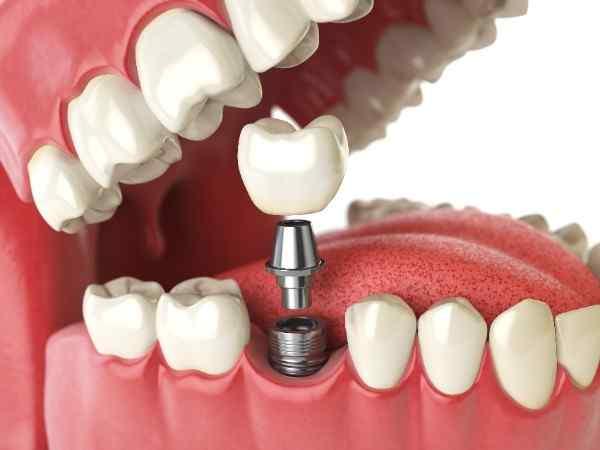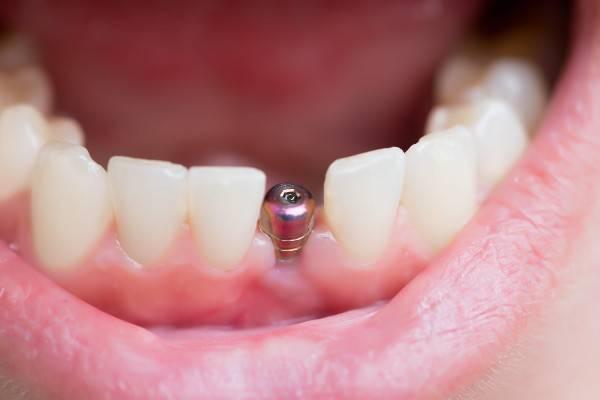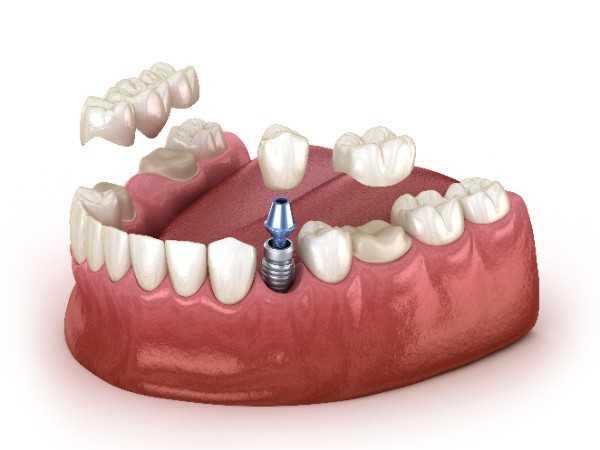How Bone Grafting Works Before Dental Implants

Many patients don’t realise that bone grafting can be an essential step before dental implant treatment. For implants to succeed, they need a strong, healthy jawbone to anchor securely and provide lasting support. If your jaw lacks sufficient bone density due to tooth loss, gum disease, or injury a bone graft can rebuild the structure needed. This procedure enhances implant stability, longevity, and function. In Reading, skilled dental professionals offer advanced bone grafting techniques to prepare patients for successful implant placement. This article will explain when bone grafting is necessary, how it works, and why it’s key to achieving a confident, lasting smile.
Why Bone Grafting Is Needed Before Dental Implants
Dental implants require a solid foundation just like a house needs a strong base. However, due to gum disease, trauma, tooth loss, or natural bone resorption, some patients lack the necessary bone volume.
Here are common reasons why you might need a bone graft:
- You’ve had a missing tooth for several months or years.
- You’ve suffered trauma or injury to the jaw.
- Gum disease has caused bone loss in the jaw.
- You’ve previously worn dentures or bridges for an extended period.
Without bone grafting, placing a dental implant Reading may be impossible or lead to implant failure. Grafting enhances the site and ensures the jaw can support the pressure and load of an implant long-term.
Types of Bone Grafts Used in Dental Implant Procedures
There are several types of bone graft materials and techniques available, depending on the patient’s condition and specific dental requirements:
|
Bone Graft Type |
Description |
Common Use Case |
|
Autograft |
Bone taken from another part of the patient’s own body (e.g. hip or chin). |
High compatibility and healing potential. |
|
Allograft |
Bone sourced from a human donor (usually from a bone bank). |
Common for moderate bone defects. |
|
Xenograft |
Bone derived from animal sources, typically bovine (cow). |
Often used when large bone volume is needed. |
|
Alloplast |
Synthetic bone made of biocompatible materials like calcium phosphate. |
Used for patients avoiding donor materials. |
Your dentist or oral surgeon will recommend the most suitable option based on your health, preferences, and treatment goals.
The Bone Grafting Process: Step-by-Step
Bone grafting may sound intimidating, but it’s a standard and straightforward procedure carried out under local anaesthesia or sedation.
Here’s what typically happens:
1. Initial Consultation and Imaging
The dentist conducts a full oral exam and uses imaging (X-rays or CBCT scans) to assess bone volume and quality.
2. Planning the Graft
Based on the scan results, your dentist will determine the type and size of graft needed and explain the surgical plan.
3. Graft Placement
During the procedure, a small incision is made in the gum to expose the jawbone. The graft material is carefully placed and secured.
4. Healing and Integration
Over the next few months, the bone graft integrates with your natural bone. This process, called osseointegration, is essential for a stable implant.
5. Dental Implant Placement
Once healing is complete and the bone is strong enough, your dentist proceeds with placing the dental implant in Reading.
When You Might Need Bone Grafting
Here are a few signs and situations that may require bone grafting before dental implant treatment:
- You’ve had teeth extracted without timely implant placement.
- Your jawbone has started to shrink due to prolonged denture wear.
- Imaging reveals a thin or insufficient jawbone in the implant site.
Healing Timeline After Bone Grafting
The healing time depends on the type of graft used, the extent of bone loss, and your individual healing capacity. On average, most patients require:
- 3 to 6 months of healing time before implant placement.
- A check-up every few weeks to ensure proper integration.
- Minor discomfort and swelling in the initial 3–5 days post-procedure.
Your dentist will guide you through aftercare and advise on dietary adjustments to support healing. If you experience unusual pain, bleeding, or signs of infection, consult an emergency dentist in Reading immediately.
Aftercare Tips for Bone Grafting Success
Proper aftercare enhances your chances of successful bone grafting. Here's how you can support your recovery:
- Avoid hard, crunchy, or sticky foods for a few weeks.
- Follow your dentist's instructions on antibiotics or pain relief.
- Keep your mouth clean with a gentle saltwater rinse (avoid brushing directly on the site).
Risks and Considerations
Bone grafting is a safe and routine dental procedure, but as with any surgery, there are some risks:
- Minor swelling or bruising
- Temporary discomfort
- Rare risk of infection or graft rejection
These risks can be minimised by choosing an experienced dental team and following all aftercare instructions.
Advantages of Bone Grafting Before Implants
Opting for bone grafting before dental implant placement offers numerous benefits, such as:
- Improved implant stability and lifespan
- Enhanced facial structure and jaw support
- Greater success rate for dental implants in Reading
How to Know If You’re a Good Candidate
Not everyone needs bone grafting before an implant, but your dentist will evaluate several factors to decide:
- Your current bone density and quality
- Medical history and lifestyle (e.g. smoking, diabetes)
- Gum health and oral hygiene habits
If you're unsure, it's best to consult with a dentist who can assess your condition thoroughly and provide a tailored treatment plan.
Alternative Options if Bone Grafting Isn’t Suitable
In some cases, patients may not be ideal candidates for bone grafting due to health conditions, lifestyle factors, or preferences. Fortunately, alternative approaches are available that still make dental implants in Reading a viable solution:
- Zygomatic Implants: These longer implants anchor into the cheekbone (zygoma) instead of the jaw, avoiding the need for grafting.
- Short or Mini Implants: Ideal for those with limited bone height, these implants offer a less invasive option.
- All-on-4® Dental Implants: This technique strategically places four implants in areas of higher bone density, often avoiding the need for grafting altogether.
Your dentist will evaluate your case and offer the most appropriate alternatives based on your oral health and desired outcomes. For urgent issues or implant consultations, reaching out to an emergency dentist in Reading can help you begin the process promptly.
Conclusion
Bone grafting plays a pivotal role in ensuring the long-term success of dental implants, especially when natural bone levels are insufficient. Whether you're seeking a long-term tooth replacement or have been turned away from implant treatment in the past, bone grafting can open the door to a beautiful, functional smile. At EDR, we combine experience with advanced techniques to ensure every patient receives the care they need for successful dental implants in Reading. If you're in pain or need urgent attention, don't hesitate to reach out to an emergency dentist in Reading.









